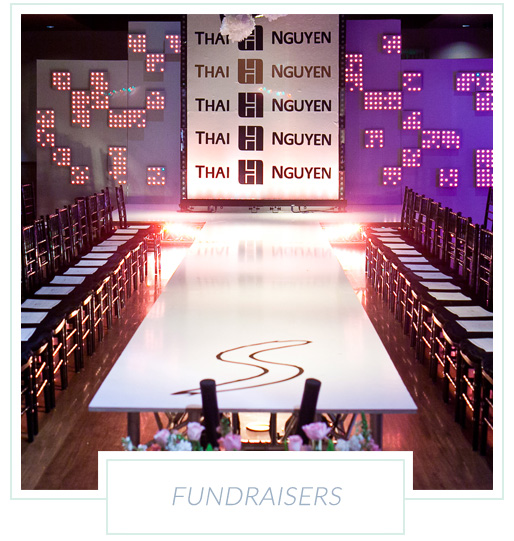Highlighting the Influence of Lighting Techniques on the Art of Film Projections Mapping
Highlighting the Influence of Lighting Techniques on the Art of Film Projections Mapping
Blog Article
Video mapping projection is an exciting creative form that merges technology and innovation to transform common surfaces into extraordinary sight displays. This method involves casting images and footage onto 3D objects, such as structures, sculptures, or platforms. One of the most crucial factors in producing successful mapping is the use of efficient illumination methods. Proper lighting improves the visual components of the display and guarantees that the images are crisp and engaging. This article examines the influence of illumination techniques on motion projection and how they can enhance the complete encounter.
Illumination plays a vital part in video mapping because it establishes the mood and tone of the display. Different lighting techniques can evoke various emotions and reactions from the audience. For instance, using gentle, warm illumination can create a inviting environment, while vivid, cool illumination may create a more dynamic or intense effect. By carefully selecting light colors and intensities, artists can manipulate how viewers interpret the projected images, leading to a more immersive experience. The balance between mapping luminance and surrounding illumination is crucial, as it can greatly impact the visibility and effect of the visuals.
In addition to, hue and intensity, the direction of light also influences the effectiveness of projection. Lighting from different angles can browse this site create contrast and accents that introduce depth to the projected images. This technique, known as chiaroscuro, can enhance the 3D quality of the objects being mapped. Furthermore, using moving lights can add dynamism to the display, making the experience more engaging for the audience. When the illumination collides with the mapped images, it can create an illusion of movement and transformation, capturing the viewers' attention.
Another essential aspect of lighting in projection in the use of unique features. Methods such as gobo lighting, which employs shapes and forms to project light, can introduce depth and intricacy to the mapping. This method allows artists to layer images and create visually stunning effects video content creation for events that complement the mapping. Moreover, incorporating lasers or light-emitting diode lights can further enhance the display, providing a distinct mix of visual elements that draw the audience in. These special features, when used thoughtfully, can elevate the mapping into a basic show to an immersive work of art.
In conclusion, the impact of illumination methods on motion projection is significant. By comprehending how various lighting elements interact with mapped visuals, creators can create captivating experiences that connect with audience. The thoughtful choosing of hue, brightness, direction, and special effects allows for a rich canvas of sight narrative. As technology advances to grow, the possibilities for artistic expression in projection will only grow, making illumination an increasingly vital aspect in this innovative art form.